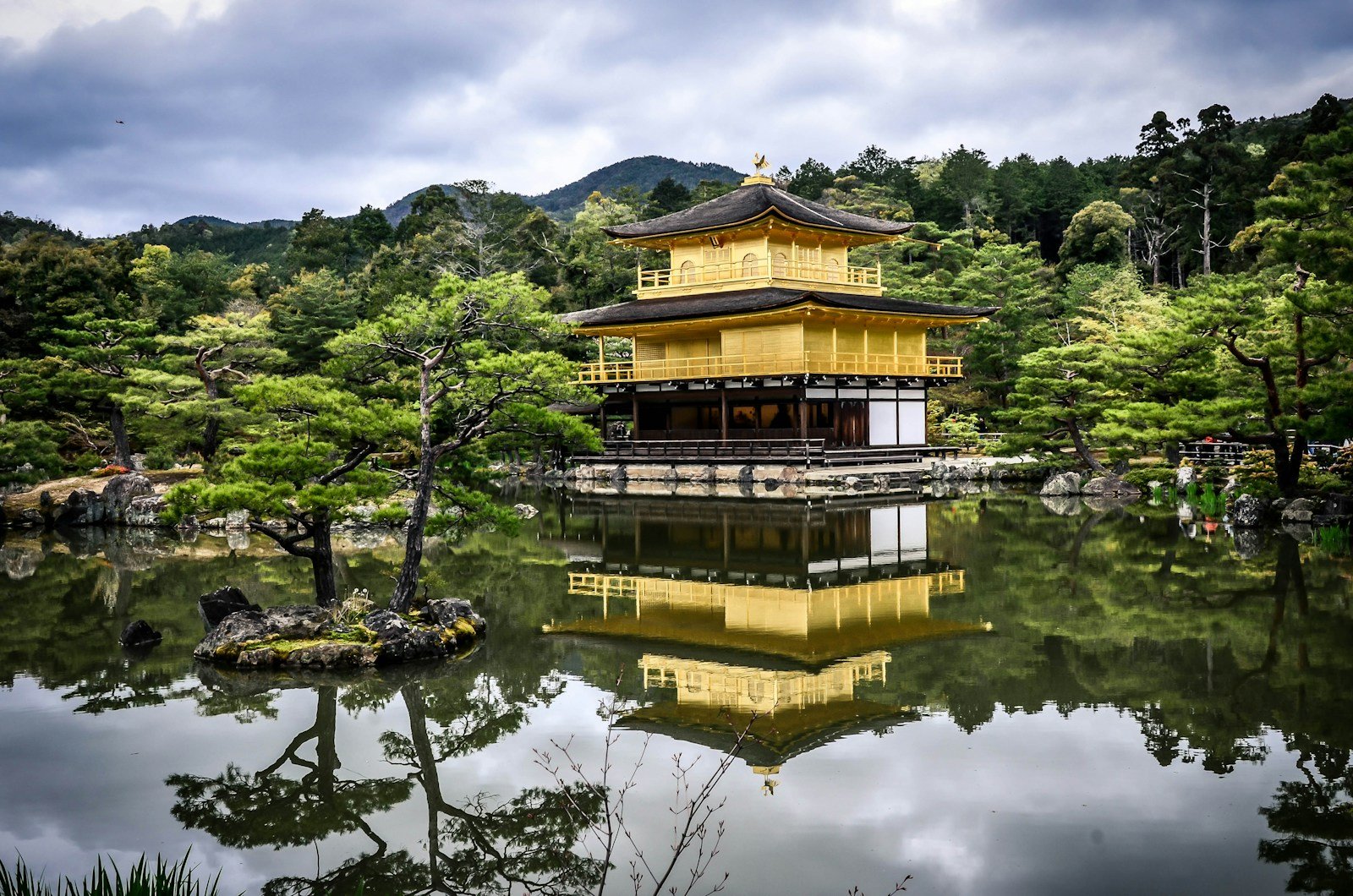There is a profound sense of tranquility that washes over you when you step into a Japanese courtyard garden. The hustle and bustle of life seems to fade away, replaced by a serene calm that only nature, meticulously arranged, can provide. This experience is not coincidental but rather the result of centuries-old principles and philosophies, such as Wabi-Sabi, that celebrate the beauty of simplicity and imperfection.
Wabi-Sabi, with its appreciation for the transient and imperfect, encapsulates the essence of Japanese gardens. These spaces are not just about aesthetic pleasure but also about finding a deeper connection with the natural world. Let us journey through the elements that make these gardens a sanctuary for the soul.
Understanding the Elements
At the heart of Japanese courtyard gardens are three fundamental components: rocks, water, and plants. Each element is chosen and placed with deliberate intention, contributing to the garden’s overall harmony and balance.
- Rocks: Symbolizing mountains or islands, rocks are pivotal in Japanese gardens. Their placement is crucial, embodying stability and strength. Arranged in groups or solitary positions, they create focal points and guide the viewer’s eye through the garden.
- Water: Whether in the form of a tranquil pond or a bubbling stream, water represents life and renewal. It introduces movement and sound, adding a dynamic layer to the garden’s sensory experience.
- Plants: A carefully curated selection of trees, shrubs, and flowers brings seasonal changes and color to the garden. Each plant is chosen for its unique characteristics, from the delicate cherry blossoms of spring to the fiery maples of autumn.
The Poetic Beauty of Symmetry
Symmetry in Japanese garden design is not about rigid uniformity but rather a balanced asymmetry that feels natural and pleasing to the eye. This concept, known as “Shakkei” or borrowed scenery, involves harmonizing the garden with its surrounding landscape, creating a seamless integration between the man-made and the natural.
The use of symmetry extends beyond physical arrangement; it is a philosophical pursuit of balance between human existence and the natural world. This balance is evident in the careful placement of elements to create spaces that evoke a sense of peace and contemplation.
The Passage of Time
Japanese gardens are a living testament to the passage of time. They are designed to change with the seasons, offering a new experience with each visit. The cherry blossoms of spring give way to summer’s lush greenery, which transitions into the brilliant hues of autumn and finally the stark beauty of winter.
This cyclical nature of Japanese gardens reminds us of the impermanence of life and the beauty inherent in each moment. The moss-covered stones and weathered lanterns are not signs of neglect but rather symbols of enduring beauty that appreciate with time.
Cultivating Serenity
The impact of Japanese gardens on mental well-being cannot be overstated. These spaces are designed to foster mindfulness and reflection, providing a retreat from the stresses of modern life. The act of strolling through a garden, observing the interplay of elements, and pausing to appreciate a particular view encourages a state of meditative calm.
Research has shown that exposure to nature, even in small doses, can significantly reduce stress and anxiety. Japanese gardens, with their emphasis on simplicity and balance, offer a powerful antidote to the chaos of contemporary living.
Modern Interpretations
The timeless appeal of Japanese gardens has inspired contemporary designers around the world. Modern interpretations retain the core principles of balance, harmony, and simplicity, while incorporating innovative elements and materials.
From rooftop gardens in urban settings to expansive public parks, the influence of Japanese garden design is evident. These spaces serve as oases of calm amid the concrete jungle, inviting individuals to pause and reconnect with nature.
The enduring appeal of Japanese courtyard gardens lies in their ability to transcend time and culture, offering universal lessons in simplicity, balance, and serenity. Whether in a traditional setting or a modern interpretation, these gardens remind us of the profound beauty that can be found in the natural world and within ourselves.
I encourage you to seek out these tranquil spaces, whether at a local park or in your own backyard. Embrace the principles of Wabi-Sabi, find joy in the imperfect, and discover the serenity that comes with a deeper connection to nature. In a world that often feels overwhelmingly complex, the simplicity and elegance of Japanese gardens offer a welcome reprieve and a source of enduring inspiration.

